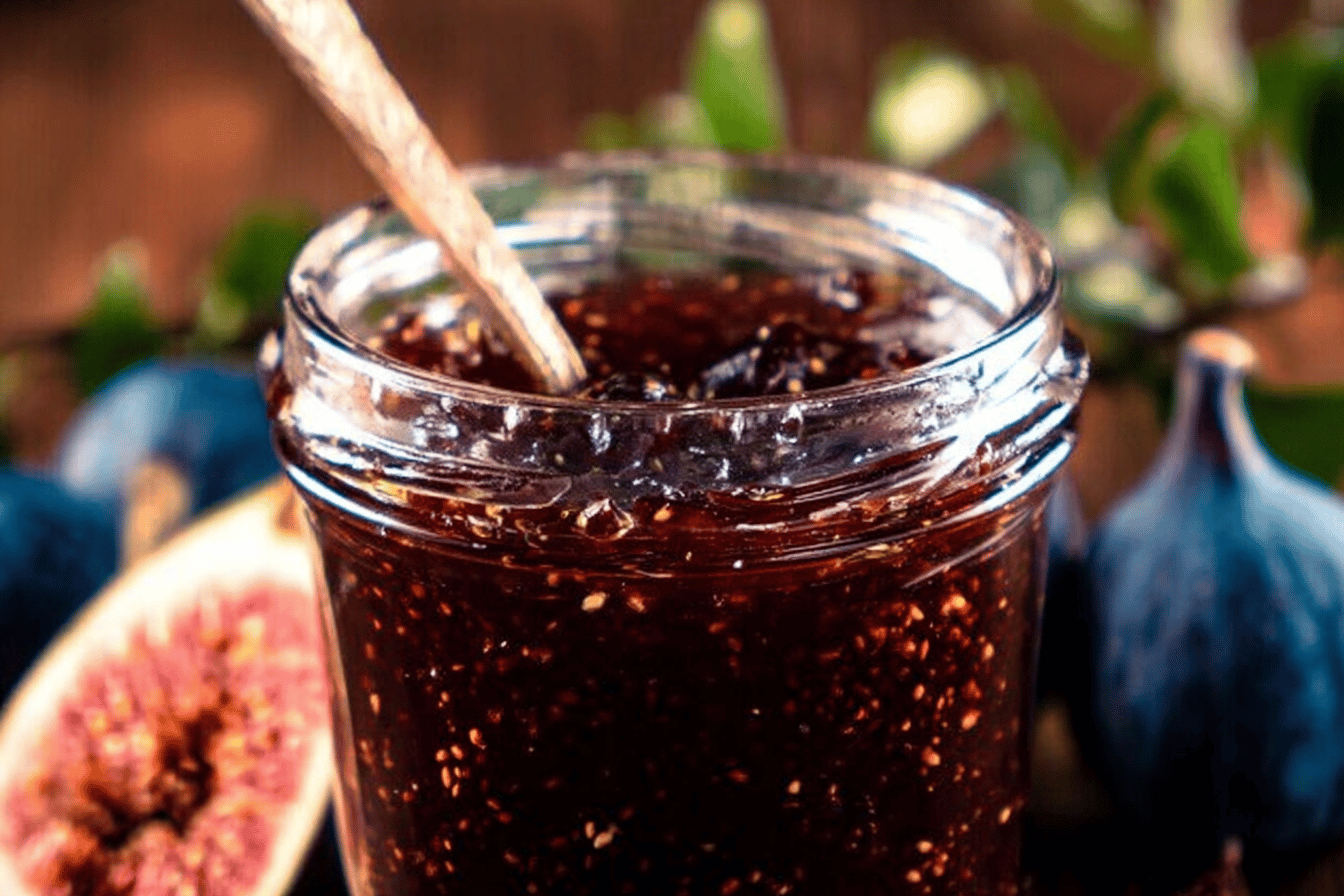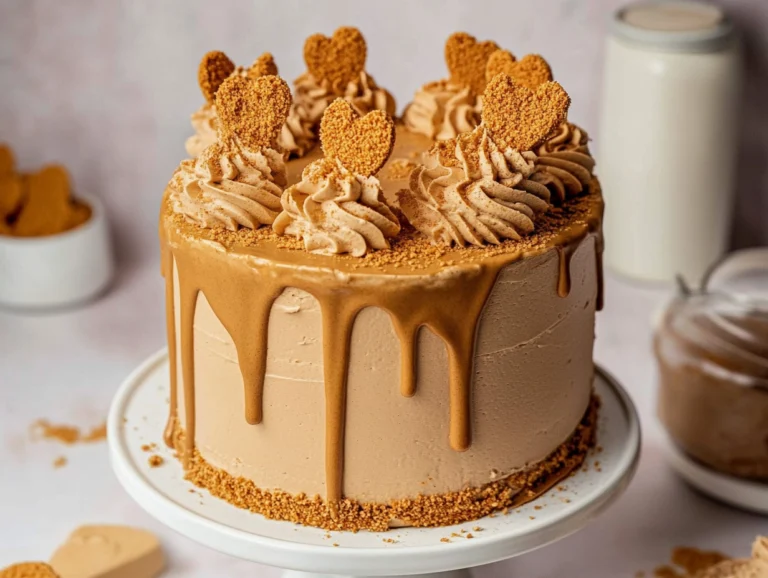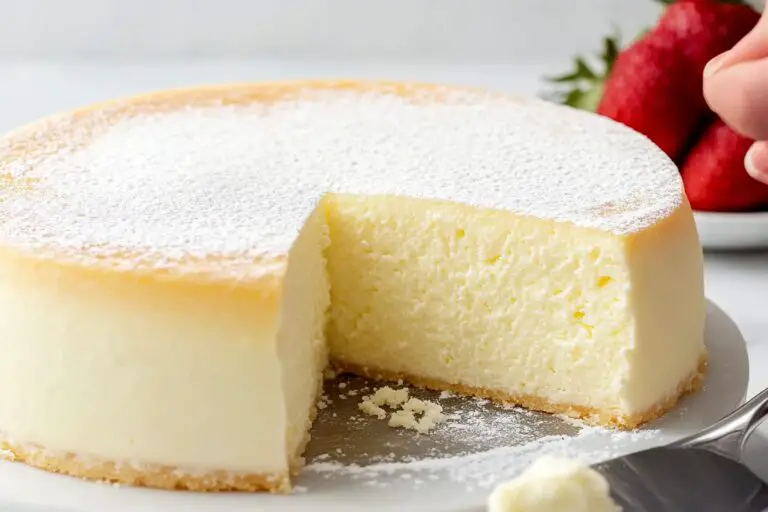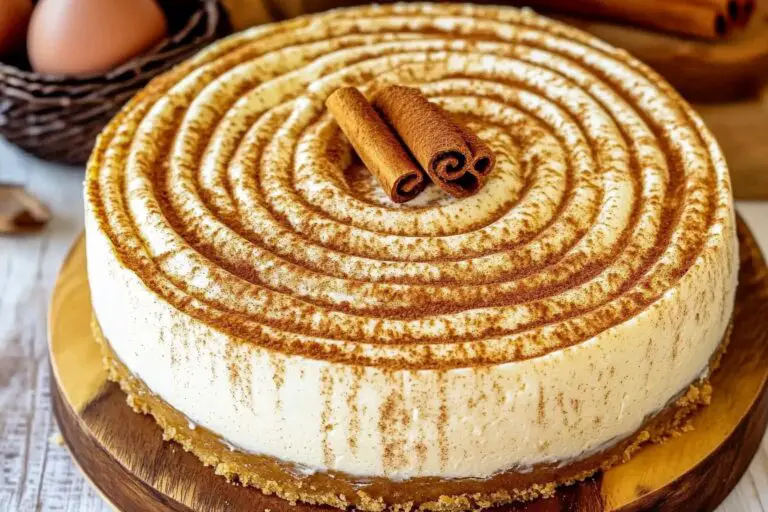Fig Jam Recipe
Introduction
If you’re a fan of sweet and fruity spreads for your breakfast or snacks, then the Jamie Oliver Fig Jam recipe is an absolute must-try. This easy and delightful recipe brings out the natural flavors of figs and creates a jam that can elevate your dishes to a new level of deliciousness. Perfect for toast, cheese platters, or even desserts, it’s a versatile addition to your pantry.
Detailed Ingredients with Measures
Figs
Ripe figs, around 2 pounds, washed and chopped into small pieces.
Sugar
One and a half cups of granulated sugar, depending on your preferred level of sweetness.
Lemon Juice
Freshly squeezed juice from one lemon.
Water
One cup of water to help create the jam’s consistency.
Prep Time
Preparing this delicious fig jam doesn’t take too much time. Set aside about 15 minutes to clean, chop, and prepare all the ingredients. It’s always a great idea to ensure everything is ready before you get started.
Cook Time, Total Time, Yield
Once you’ve prepped the ingredients, you’ll need about 40 to 50 minutes to cook the jam, during which the figs will blend with sugar and lemon juice to create a rich, velvety texture. This brings the total time to approximately one hour. The recipe yields roughly 4 small jars of jam, making it perfect for personal use or gifting to friends and family.
“`html
Detailed Directions and Instructions
Step 1: Prepare the Figs
Rinse the fresh figs thoroughly under cold water to remove any dirt. Pat them dry with a clean kitchen towel. Trim off the stems and cut the figs into quarters.
Step 2: Combine Ingredients
In a large, heavy-bottomed saucepan, add the prepared figs, granulated sugar, and freshly squeezed lemon juice. Stir the mixture gently to coat the figs evenly in the sugar and lemon juice.
Step 3: Macerate the Figs
Let the mixture sit at room temperature for about 1 hour. Stir occasionally to help dissolve the sugar and draw out the natural juices of the figs.
Step 4: Cook the Jam
Place the saucepan over medium heat and bring the mixture to a gentle simmer. Stir frequently to prevent sticking and ensure even cooking.
Step 5: Skim Foam
As the mixture simmers, foam may form on the surface. Use a spoon to skim off any foam and discard it.
Step 6: Test for Doneness
After 30-40 minutes of cooking, test the jam for doneness. Allow a small amount of the jam to cool on a cold plate. If it wrinkles when pushed with your finger, it’s ready. If not, continue cooking and test again after a few minutes.
Step 7: Sterilize the Jars
While the jam is cooking, sterilize the jars. Boil the jars and lids in water for at least 10 minutes. Remove them using tongs and let them dry on a clean towel.
Step 8: Fill the Jars
Carefully ladle the hot jam into the sterilized jars, leaving a small space at the top. Wipe the rims of the jars to remove any spills, then seal them tightly with the sterilized lids.
Step 9: Process the Jars
Place the sealed jars in a pot of boiling water. Ensure the water covers the jars completely. Boil for 10 minutes to ensure the jam is preserved properly.
Step 10: Cool and Store
Remove the jars from the water and allow them to cool at room temperature. Check that the lids have sealed properly. Store the cooled jars in a cool, dark place.
Notes
Note 1: Adjust Sweetness
Feel free to adjust the sugar based on the sweetness of the figs and your personal preference.
Note 2: Preserve Texture
If you prefer a chunky texture, avoid over-stirring during cooking.
Note 3: Use Ripe Figs
For the best flavor, use fully ripe figs that are soft to the touch.
Note 4: Experiment with Add-ins
Consider adding vanilla extract, cinnamon, or a splash of balsamic vinegar for added depth of flavor.
“`
Cook techniques
Properly Preparing Fresh Figs
Wash the figs under running water and gently pat them dry with a clean cloth or paper towel. Trim off the stems before using.
Chopping Figs Efficiently
Use a sharp knife to chop figs into small pieces for quicker cooking and better texture in your jam.
Simmering for Perfect Consistency
Cook the fig mixture over medium heat, stirring occasionally, until the jam thickens to the desired consistency.
Using Lemon Juice for Preservation
Adding lemon juice not only enhances the flavor but also helps the jam to set and acts as a natural preservative.
Testing the Jam for Doneness
To check if the jam is ready, place a small amount on a cold plate. If it thickens and doesn’t run, it’s done.
Sterilizing Jars for Storage
Boil glass jars and lids in water to sterilize them before filling with hot jam, ensuring safe storage.
Sealing Jars Properly
Once the jars are filled, wipe the rims clean, tightly close the lids, and turn the jars upside down to create an airtight seal.
FAQ
Can I use dried figs instead of fresh figs?
Yes, you can substitute dried figs, but you may need to soak them in water before using to soften them.
How long does homemade fig jam last?
When stored in sterilized jars and sealed properly, homemade fig jam can last up to one year in a cool, dark place.
Can I reduce the sugar in the recipe?
While you can reduce the sugar, remember it aids in preservation and contributes to the final texture. Reducing too much may alter the jam’s set and shelf life.
What can I pair fig jam with?
Fig jam pairs well with bread, cheese, yogurt, or as a glaze for meats like pork and chicken.
Do I need a jam thermometer?
A jam thermometer is not essential. The plate test is a simple method to determine if your jam has reached the right consistency.
Can I freeze fig jam?
Yes, you can freeze fig jam in freezer-safe containers, leaving some space at the top for expansion. Thaw in the refrigerator before use.
What should I do if my jam is too runny?
If your jam is too runny, return it to the stove and simmer it for a bit longer. Re-test using the plate method to ensure it has thickened.
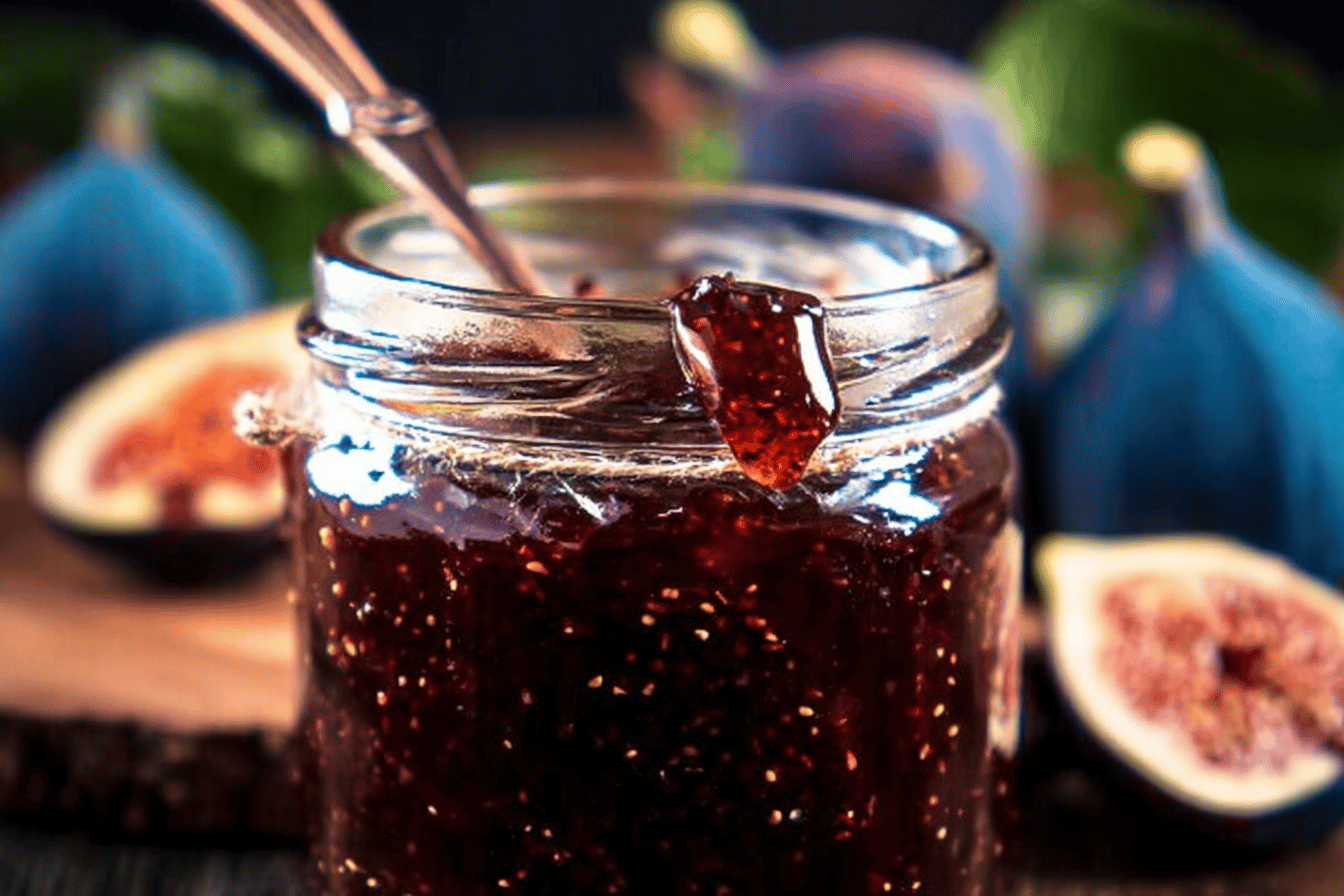
Conclusion
Fig jam is a delightful and versatile addition to any kitchen that can elevate numerous dishes with its natural sweetness and unique flavor. Simple to make and incredibly rewarding, this recipe is a must-try for anyone looking to experiment with seasonal ingredients. Whether used as a spread, glaze, or ingredient in both sweet and savory recipes, fig jam brings a touch of homemade goodness to every meal. Enjoy discovering all the amazing ways you can incorporate it into your cooking routine!
More recipes suggestions and combination
Fig Jam and Cheese Pairing
Combine your fig jam with a selection of soft or hard cheeses like brie, goat cheese, or aged cheddar for a sophisticated appetizer or snack idea.
Fig Jam Glazed Meats
Use the fig jam as a glaze for roasted meats such as pork, chicken, or duck to add a subtly sweet and earthy layer of flavor.
Fig Jam Crostinis
Layer fig jam on toasted baguette slices, topped with creamy ricotta or mascarpone, and finish with a drizzle of honey or a sprinkle of crushed nuts.
Sweet and Savory Sandwiches
Spread fig jam on bread and pair it with turkey slices, arugula, and a hint of mustard for a well-balanced, gourmet sandwich.
Baking with Fig Jam
Incorporate fig jam into pastries, cakes, or even cookie fillings for a fruity twist to your baked goods.
Breakfast Boost
Add a spoonful of fig jam to yogurt, oatmeal, or granola for a sweet, nutritious start to your day.
Ice Cream Topping
Use the fig jam as a decadent topping for vanilla or caramel ice cream for a delicious dessert option.

